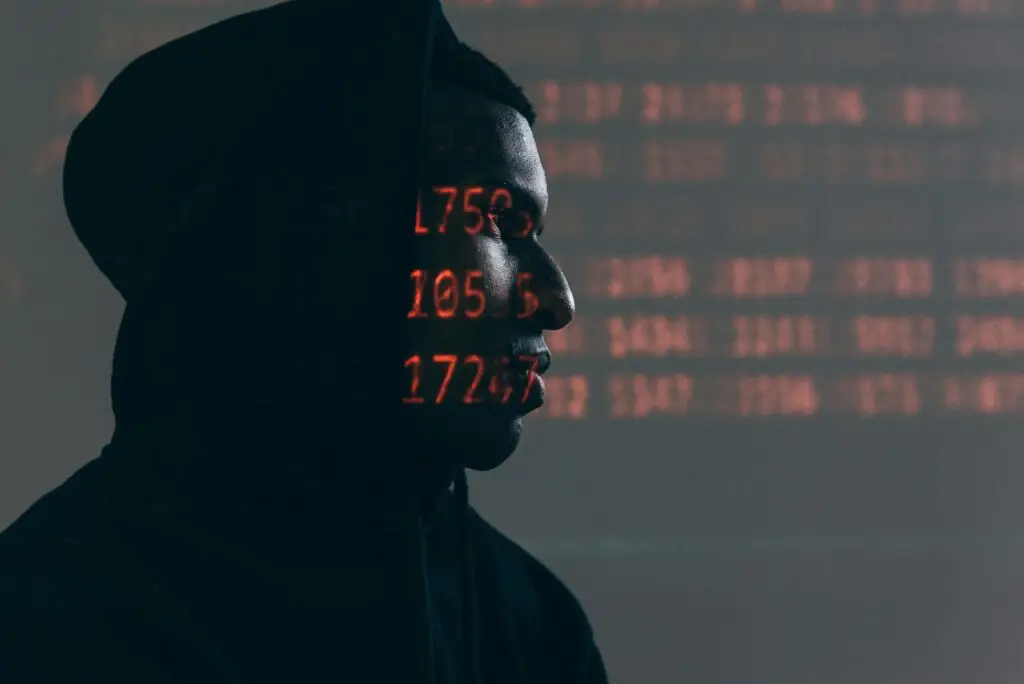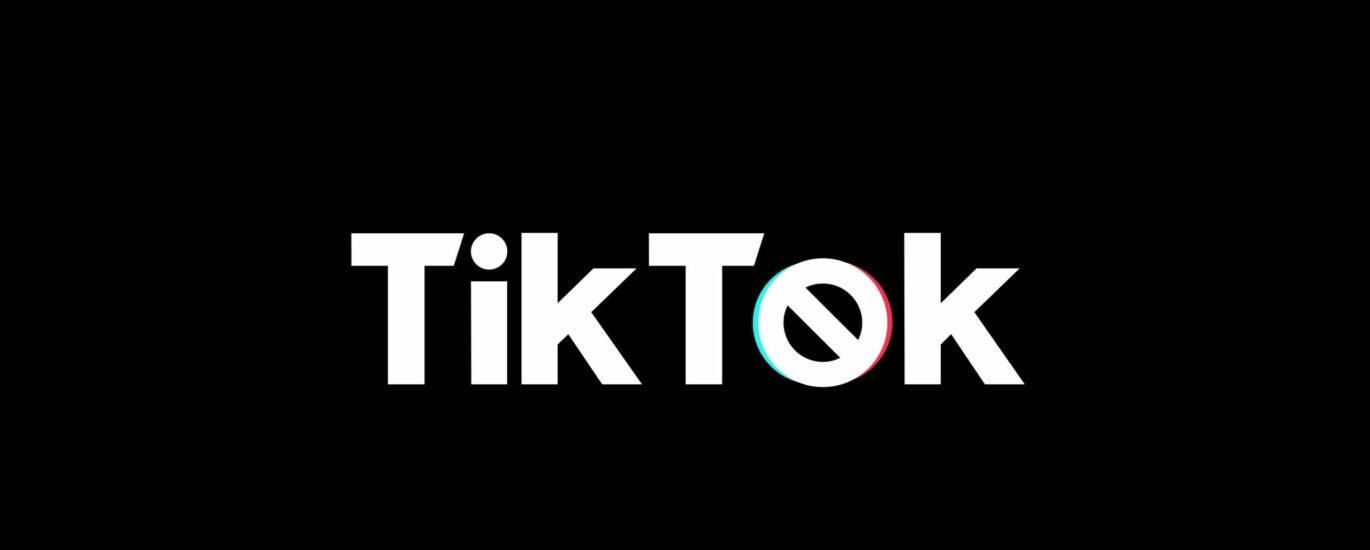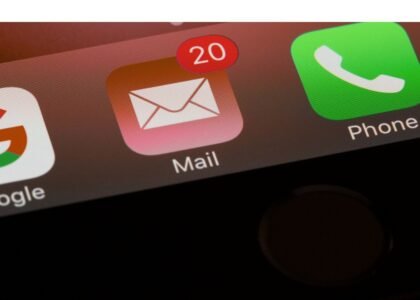Recently, a significant security breach on TikTok has brought to light vulnerabilities within the platform’s infrastructure. High-profile accounts, including those of well-known brands and celebrities, suffered from a sophisticated zero-click attack. This type of attack is particularly concerning because it allows threat actors to gain control of accounts without any interaction from the user. The initial reports from Semafor and Forbes highlighted how the attackers exploited a specific vulnerability, which enabled them to propagate malware via direct messages.
The zero-click account takeover campaign was carried out with precision. The malware, once embedded in a direct message, could execute itself and grant unauthorized access to the attackers. This method bypassed typical user-initiated actions like clicking on links or downloading attachments, making it exceptionally difficult to detect and prevent. The breach not only compromised the privacy and security of the affected accounts but also posed a significant threat to the overall integrity of the platform.
In response to this alarming incident, TikTok promptly acknowledged the security flaw and initiated a series of preventive measures. The platform’s security team worked relentlessly to identify the vulnerability and deploy patches to mitigate the risk of further exploits. TikTok also collaborated closely with the impacted account holders, providing them with detailed guidance on securing their accounts and restoring their control.
Moreover, TikTok has emphasized its commitment to enhancing its security protocols to prevent such incidents in the future. This includes conducting comprehensive security audits, implementing advanced threat detection systems, and fostering a proactive approach to identify and address potential vulnerabilities. By taking these steps, TikTok aims to reassure its user base and maintain the trust of its global audience.
Historical Security Issues and Previous Incidents

TikTok has faced a series of security vulnerabilities over the years, which have raised significant concerns among users and cybersecurity experts alike. One notable incident occurred in January 2021, when researchers from Check Point revealed a critical flaw in the platform. This vulnerability could have allowed attackers to create a comprehensive database of TikTok users along with their associated phone numbers. Such a breach would have not only jeopardized user privacy but also facilitated more sophisticated zero-click attacks, where malicious actors could compromise accounts without any user interaction.
In September 2022, another substantial security issue came to light, this time affecting TikTok’s Android application. Identified by Microsoft, this one-click exploit enabled attackers to commandeer user accounts by simply tricking them into clicking a malicious link. This flaw underscored the ongoing risks associated with mobile applications and the potential for zero-click attack vectors to be exploited, compromising user data and account integrity.
Moreover, the security landscape for TikTok users in Turkey faced a significant challenge when approximately 700,000 accounts were compromised. This breach resulted from insecure SMS message routing, which allowed attackers to intercept and misuse authentication messages. Such incidents highlight the critical need for robust security measures in the authentication processes used by social media platforms.
In addition to these major breaches, TikTok has also been targeted by various malware campaigns. One such campaign involved the exploitation of the platform’s “invisible challenge,” where malicious actors embedded harmful code within seemingly innocuous video challenges. These campaigns often aim to leverage popular trends to spread malware, further illustrating the diverse tactics employed by cybercriminals to execute zero-click attacks and other forms of account takeover strategies.
Overall, these historical security issues emphasize the importance of continuous vigilance and proactive measures in safeguarding user data on social media platforms like TikTok. As the platform continues to evolve, addressing these vulnerabilities remains paramount to ensuring the security and trust of its vast user base.
TikTok’s Mitigation Measures and Company Response

In the wake of the recent security breach, TikTok has acted swiftly to mitigate the impact of the attack and enhance the platform’s defenses. The company has rolled out several immediate preventive measures aimed at curbing further unauthorized access. These measures include enhanced multi-factor authentication protocols, reinforced password policies, and increased user awareness campaigns to educate about potential security threats, such as zero-click attacks. TikTok’s engineering teams have been working around the clock to identify and patch vulnerabilities within their system to prevent similar incidents in the future.
TikTok has also been actively engaged in restoring account access for those affected by the breach. The company claims that only a ‘very small’ number of users were impacted, though the exact figures remain undisclosed. User support has been ramped up, with dedicated help centers established to assist those who experienced unauthorized access to their accounts. This effort underscores TikTok’s commitment to user security and its responsibility to maintain trust within its community.
Despite the proactive measures, TikTok has provided limited details about the nature of the attack. The lack of specific information regarding the breach, including the precise methods used by the attackers and the technical mitigation techniques employed, has led to some criticism. This opacity has fueled speculation and concern among cybersecurity experts and the general public alike. While TikTok emphasizes that its security enhancements are robust, the absence of comprehensive disclosure about the breach mechanics has left many questions unanswered.
Nonetheless, TikTok’s response to the security breach showcases its dedication to protecting user data and maintaining platform integrity. By continuously improving its security infrastructure and openly communicating with its user base, TikTok aims to regain confidence and ensure a safer environment for its global audience.
The recent account takeover incidents on TikTok have raised significant concerns about the platform’s security, extending beyond individual user accounts to broader geopolitical and legislative realms. One key issue is TikTok’s ownership by ByteDance, a Chinese company. This has led to fears that the app could be used for gathering sensitive information or disseminating propaganda, given China’s stringent laws on data sharing with the government.
In response to these security concerns, legislative and governmental actions have been swift and decisive. In the United States, a law has been passed that could potentially ban TikTok unless it is divested from ByteDance. This legislative move underscores the gravity with which U.S. authorities view the potential risks associated with TikTok. The company, however, has not taken these developments lying down and has filed a lawsuit challenging this act, arguing that it is an overreach of governmental authority and lacks sufficient evidence to warrant such drastic measures.
Globally, several countries have already imposed outright bans on TikTok. India, Nepal, Senegal, Somalia, and Kyrgyzstan have all taken steps to block the app within their borders, citing security and privacy concerns. The move by these nations reflects a growing unease about the potential for zero-click attacks and other vulnerabilities that could be exploited by malicious actors.
Additionally, several other nations have opted for more targeted restrictions. The U.S., U.K., Canada, Australia, and New Zealand have all limited the use of TikTok on government devices. These actions highlight a broader trend of cautious engagement with the app, particularly in sectors where data security is paramount. The restrictions on government devices serve as a precautionary measure to mitigate the risk of sensitive information being compromised.
Overall, the global reaction to TikTok’s security issues underscores the importance of robust cybersecurity measures and the far-reaching implications of digital vulnerabilities in our interconnected world. The scrutiny and actions taken by various governments reflect a cautious approach to mitigating potential risks associated with the app’s usage, particularly in sensitive and high-stakes environments.





